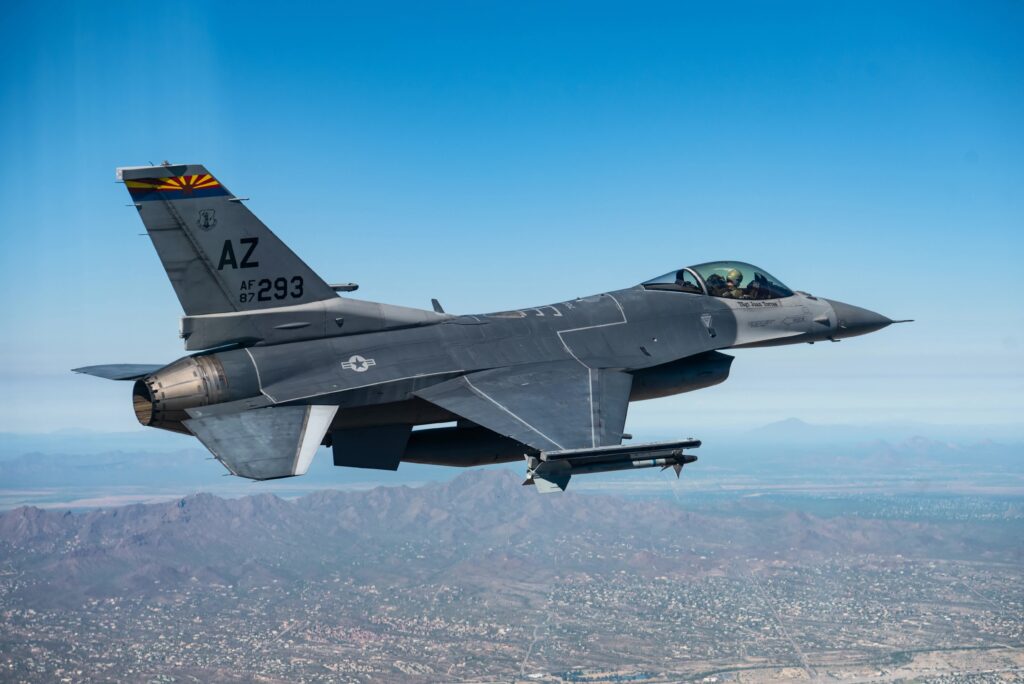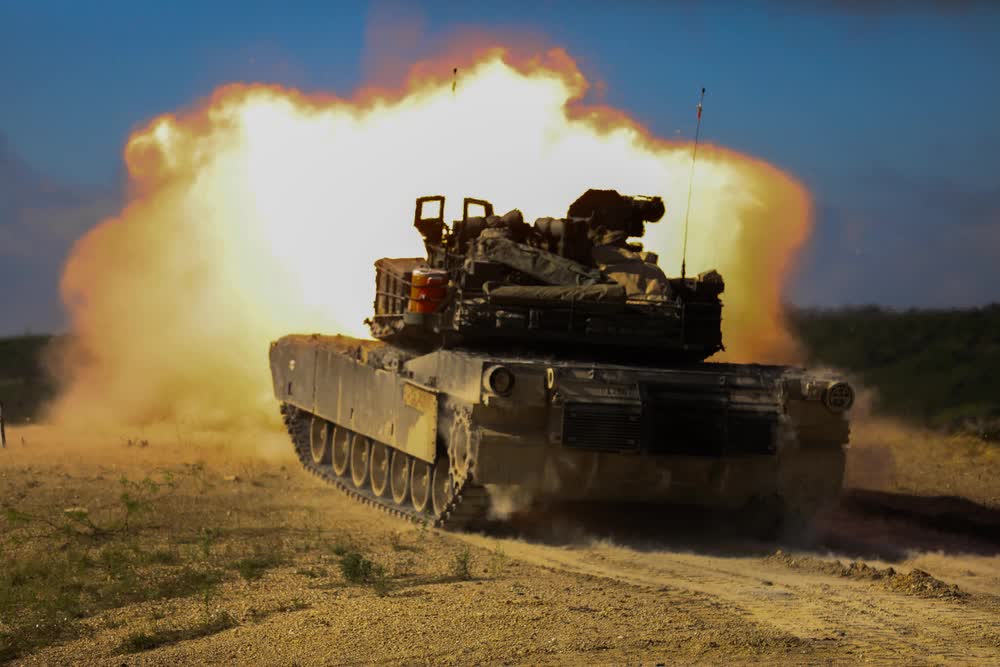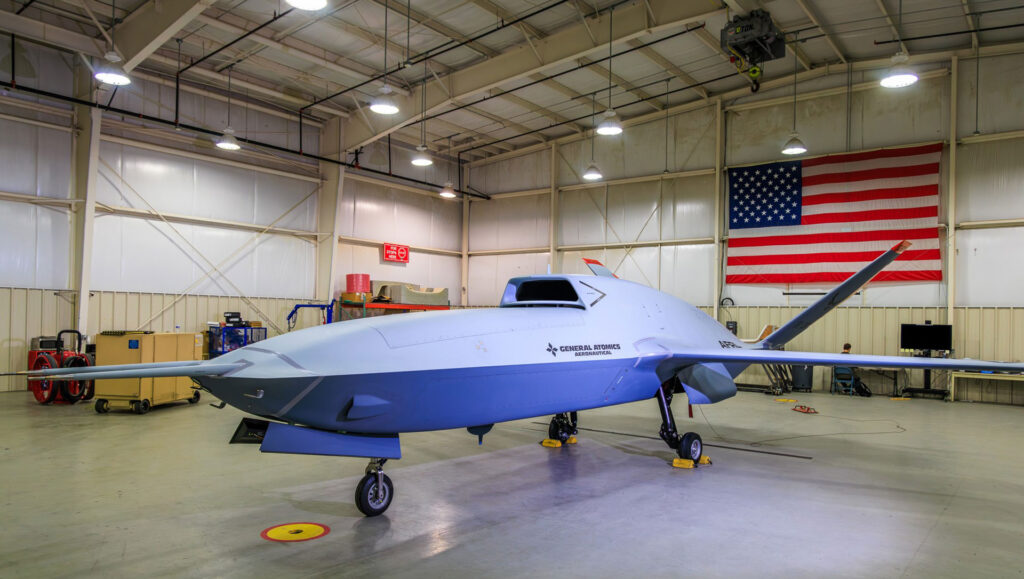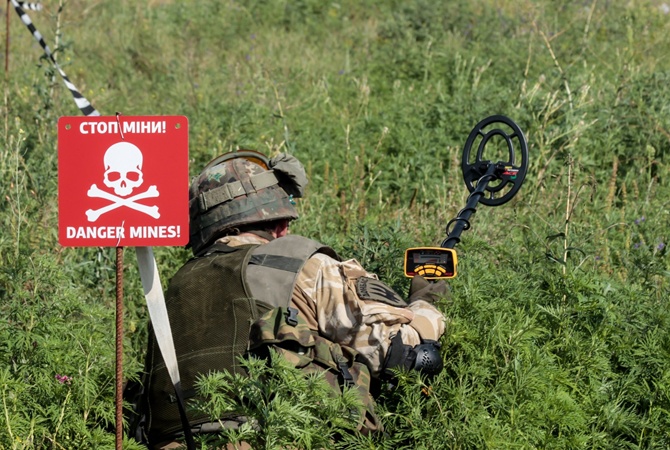The F-16 Fighting Falcon – better known within the community as the “Viper” – is the Swiss Army knife of the sky. Its versatility in a variety of combat missions, from dogfighting to suppression of enemy air defense (SEAD), plus its relative ease of flight makes it the fighter of choice for many nations. Some 25 countries already fly variants of the F-16, and current plans to transfer dozens of Vipers from various European countries to Ukraine by 2025 will make that country the latest operator of the jet. Around 60 F-16s have been promised to Ukraine, for its continued fight for survival, from a handful of European countries, most notably Denmark and the Netherlands.
But first, Ukrainian pilots have to become proficient in flying the jet. It can take a pilot three or more years to learn to fly the fourth-generation single-engine fighter, including time spent on trainers and completing other pipeline prerequisites. But the Ukrainian pilots currently in the U.S. are making their way through a special “crash course” focused on the airframe that may have them back in Ukraine and preparing for real combat missions by the end of this summer.
The pilots, who are training at Morris Air Force Base, AZ, arrived in the States last September, and are completing a version of the Air Force’s F-16 Basic Course, or B-Course. For the Viper, that course is typically about 37 weeks, or nine months, long. It starts with weeks of classroom instruction and simulator flights before pilots get to go up with an instructor in a twin-seat version of the aircraft, the F-16D, then finally graduate to a solo flight in the single-seat F-16C.
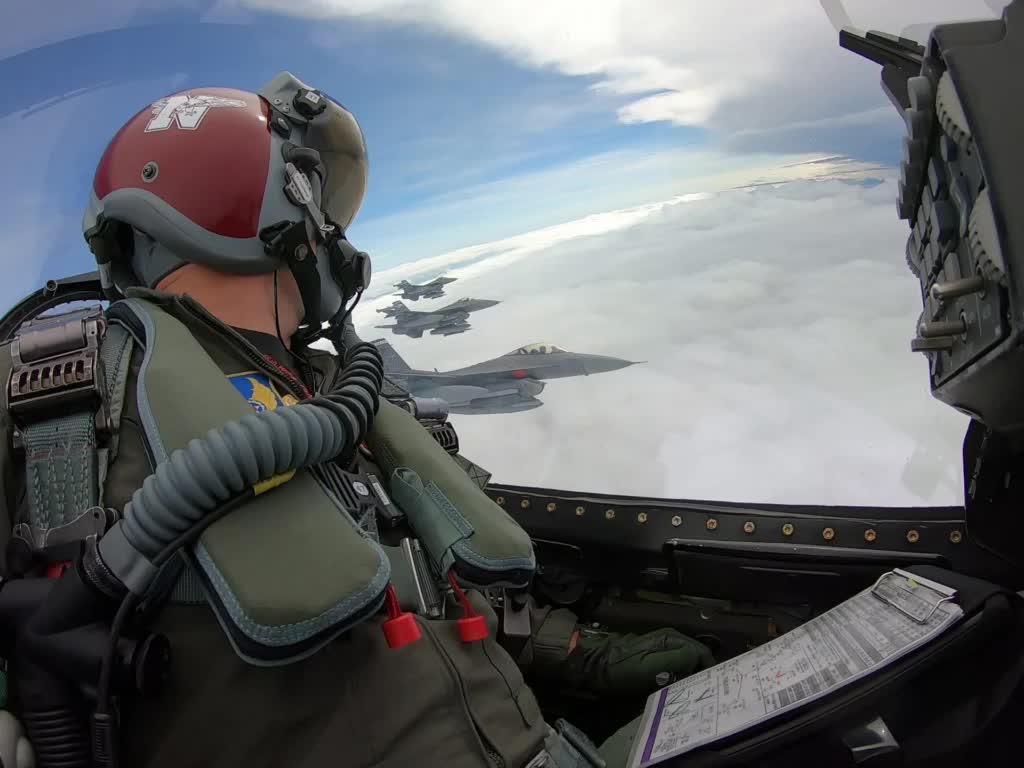
With some 11 allied nations participating in efforts to train and prepare pilots, it’s hard to say exactly how many Ukrainian pilots are currently receiving flight instruction and where. U.S. officials have been fairly tight-lipped about America’s training program. Assistant Secretary of Defense for International Security Affairs Celeste Wallander said at a late January press engagement that the U.S. expects the Ukrainian Air Force to achieve “initial operating capability” on the F-16 before the end of 2024. In early February, National Guard Bureau Chief Gen. Daniel Hokanson, who is overseeing the United States’ Guard-run training program, said the first four pilots, of an unspecified total number, are on track to complete the B-Course as scheduled.
Defense One reported that 12 Ukrainian pilots will graduate the B-Course this fiscal year, with the first graduations taking place in May. The outlet cited statements from Air National Guard director Lt. Gen. Michael Loh that the pilots were already flying solo missions “every day,” but that the training timeline had been extended beyond what was initially planned to ensure pilots could complete a “full range” of mission scenarios.
The Ukrainian airmen aren’t coming to the F-16 with a blank slate: they’re transferring from the current Ukrainian fleet of Soviet-made Sukhoi Su-27 Flankers and MiG-29 Fulcrums, both twin-engine aircraft in contrast to the F-16. While the shift entails a learning curve, the F-16 is also a “forgiving” platform to fly, Major Thomas “Brass” Nichols, an instructor pilot for the Viper, told Sandboxx News.
Nichols, who did not comment directly on the Ukrainian pilot training mission and spoke only in his personal capacity as a pilot and instructor, said that’s one reason the airframe has become the most commonly used fighter jet around the globe.
Related: How the F-16 changed air warfare forever
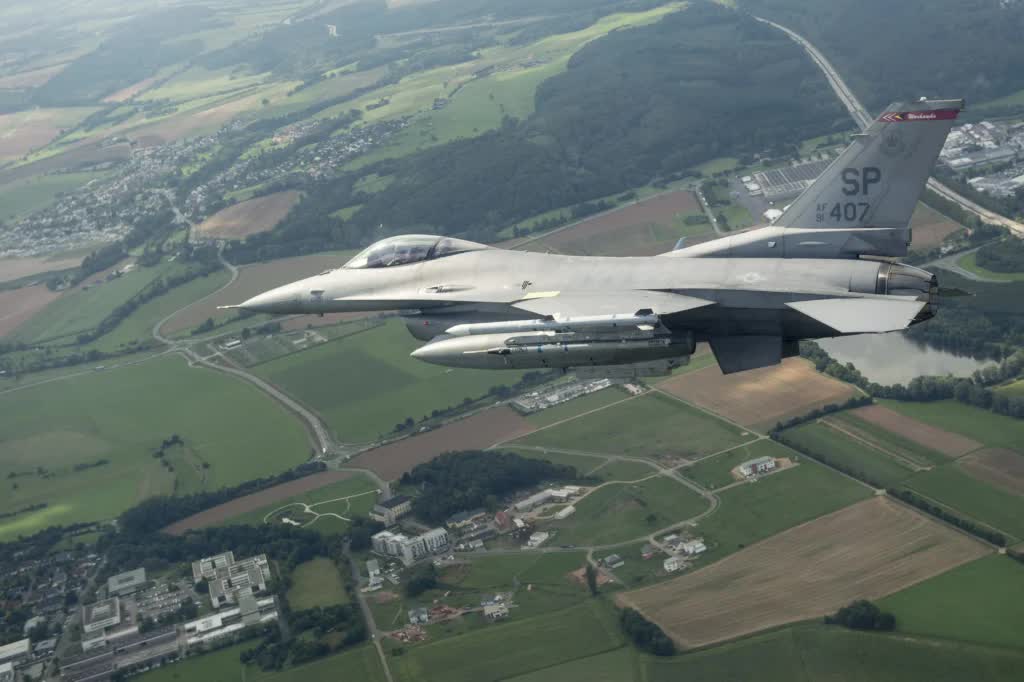
“It’s a fighter, so it’s inherently challenging,” he said. “But if you’ve gotten yourself to that point where you have a solid foundation and you’re ready to fly a fighter … flying it simply well is easy.”
Nichols said the F-16’s intuitive controls make the “human-machine interface” aspect of flying easier to pick up compared to some of the older, “legacy” platforms. This, in turn, allows pilots to get a jump on the nuances of formation flying and mission execution.
“Once you start to learn those mental cognitive pathways, then you can really start to free up more of your mental space,” he said.
Nonetheless, the cognitive load of fighter missions involving “within visual range employment” can be overwhelming for pilots in the training pipeline, he said. Nichols recalled an early flight he’d done as a student pilot in the T-38 Talon – a fighter training aircraft – where he fell behind and missed a turn because the aircraft was moving so fast. In its training, he said, the Air Force emphasizes a “peanut-butter spreading” approach that builds competence through many iterations, gradually adding on challenges and skills over time.
In another training mission focused on basic surface strike, Nichols recalled a series of plan changes that left him flustered and caused him to drop two inert bombs at once – a mistake he’d never make today after years of experience and practice.
In his role as an instructor, Nichols said he often encourages trainees to pause and take stock of a situation, rather than reacting to incomplete information or the fog of war and making a decision that might prove catastrophic.
“There’s usually tremendous dividends to be yielded by taking a couple more seconds to slow things down,” Nichols explained, “To make sure you’re making a sound decision with the best available data.”
Read more from Sandboxx News
- Visiting the impressive National Infantry Museum
- Stuxnet unleashed: The tactics behind the world’s first cyberweapon
- The F-35 hits more milestones but a software issue threatens the jet’s upcoming upgrade
- Why a principal designer of the B-2 stealth bomber is in a supermax prison
- How can the US Navy boost its suffering recruitment?
